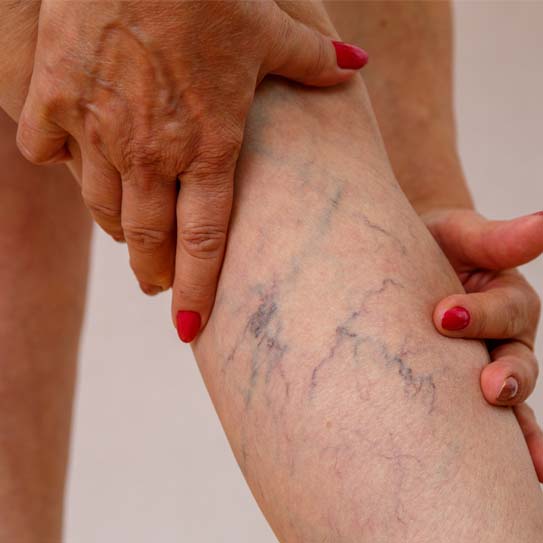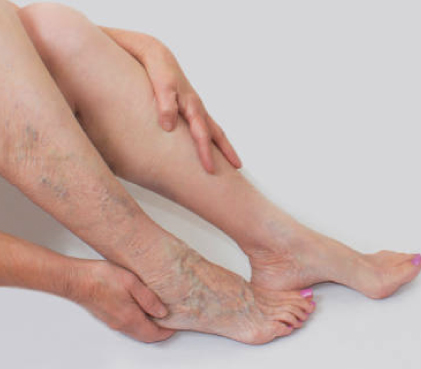
Usually, a physical examination is used to diagnose balanoposthitis. The urologist will look at your penis and quiz you about your symptoms during this examination. The doctor could advise additional tests based on the results of the physical examination.
Each person with balanoposthitis has a particular set of symptoms. The extent of the therapy for this ailment depends on how bad it is. Non-surgical treatments are generally effective, especially when the condition is in its early stages. Following that, the following are some common non-surgical treatments for balanoposthitis: Antibiotics: Your doctor may recommend antibiotics for the treatment of balanoposthitis if the condition was brought on by STD infections. The type of infection will determine the type of antibiotics. Antifungal creams: Another common cause of Balanoposthitis is yeast infections. Your doctor will prescribe anti-fungal medications to ease your suffering if yeast infections are the underlying cause of this problem.
Is balanoposthitis a self-resolving condition?
Balanoposthitis often resolves on its own without the need for therapy. Medical intervention, however, is sometimes necessary.
Is lanoposthitis spreadable?
Balanoposthitis is not a disease that spreads easily.
Do all cases of balanoposthitis require surgery?
No. The majority of the time, treatment is not necessary to improve the condition. The rest of the time, medical therapy using creams with antifungal properties, antibiotics, and other measures is sufficient. But surgery becomes necessary in situations where none of these other treatments work.
How long does it take to recover after balanoposthitis treatment?
Balanoposhtits often take 3 to 5 days to totally disappear. The healing time following surgery, however, may extend beyond a few weeks.

Also known as endovenous laser treatment or EVLA, this is a minimally invasive ultrasound-guided procedure that involves the use of ultrasound images and laser fiber in order to kill the delicate lining of the veins. After a few days following the procedure, the body absorbs the dead tissues, closing off the abnormal veins with minimal or no discomfort. This is one of the most commonly preferred methods as it involves far fewer complications, and the recovery time, as well as the success rate of this method, is much faster and higher than that of any surgical process.

Also known as endovenous laser treatment or EVLA, this is a minimally invasive ultrasound-guided procedure that involves the use of ultrasound images and laser fiber in order to kill the delicate lining of the veins. After a few days following the procedure, the body absorbs the dead tissues, closing off the abnormal veins with minimal or no discomfort. This is one of the most commonly preferred methods as it involves far fewer complications, and the recovery time, as well as the success rate of this method, is much faster and higher than that of any surgical process.

Also known as endovenous laser treatment or EVLA, this is a minimally invasive ultrasound-guided procedure that involves the use of ultrasound images and laser fiber in order to kill the delicate lining of the veins. After a few days following the procedure, the body absorbs the dead tissues, closing off the abnormal veins with minimal or no discomfort. This is one of the most commonly preferred methods as it involves far fewer complications, and the recovery time, as well as the success rate of this method, is much faster and higher than that of any surgical process.